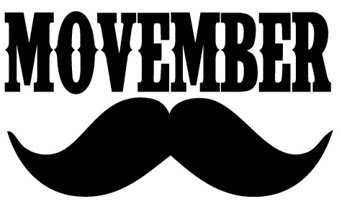Every month I am aware of my prostate cancer, along with
another two and a half million American men and millions more worldwide. There
are many little hints to help us remember—scars, side effects of treatments,
pills and injections, blood draws, scans, and endless medical appointments.
September is National
Prostate Cancer Awareness Month (2014) and has been designated and
proclaimed as a month to focus awareness, gain knowledge, and increase funding
for research. A cure is still the goal and my personal preference.
Statistics can tell us
a lot and help us understand the scope of prostate cancer. The median age
for prostate cancer diagnosis is 66. So you’d think it is an old man’s disease.
It is certainly more common in older men but many younger men are diagnosed and
there are even several hundred young boys with prostate cancer (I was
surprised, too).
Prostate cancer is the most diagnosed cancer in the U.S.
with breast cancer in women a close second. But the most deadly cancer
continues to be lung cancer, as it has been for decades.
Prostate cancer survival rates have increased greatly in the
last 40 years. Thanks to research and the development of new and better treatments
The five year survival rate after diagnosis was 66% in 1975, 88% in 1990, and
is more than 99% today. I say Woo Hoo to that. I am sure that more than 99% of
me has survived since my diagnosis in 2003.
Statistics don’t tell
us everything. Statistics are averages, percentages, and points on a graph used
to show information for a large number of people. Statistics can’t tell you what will happen to you. Any individual could be diagnosed
at 35 or 95 or, most likely, not at all. If you are diagnosed and have
incurable prostate cancer, you could have a very aggressive and deadly type, or
a slow growing type that will never become a factor in your health. Remember,
we are individuals‑‑not statistics.
Bottom Line
1 See your doctor, ask questions, listen, and mutually make
a plan that works for you—it may take a few tries.
2 Talk to your friends and suggest they see their doctor.
Early diagnosis really is the key to long term survival.
3 Participate in clinical trials if given the chance.
4 Donate a few bucks to prostate cancer research—it won’t kill
you and just might help save somebody else.
axman
 4-Hormone therapy side effects are still alive and well and help bring out my 'feminine' side.
4-Hormone therapy side effects are still alive and well and help bring out my 'feminine' side. 






